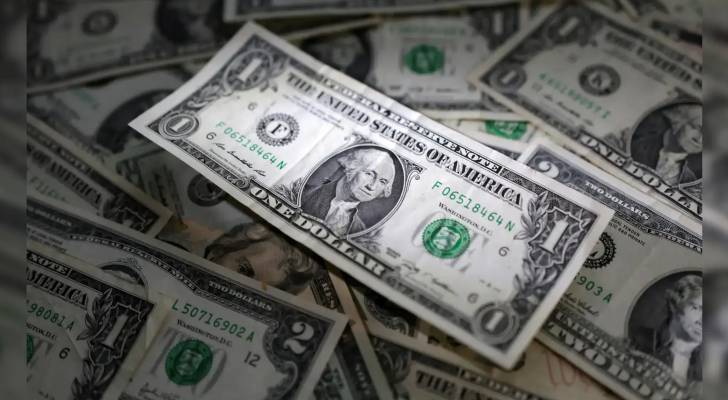(Photo: Getty Images)
Asian economies reduce dollar use, fueling doubts about US assets
A surge in dollar sell-offs across Asia is raising questions about the long-term dominance of the US dollar, as major exporting nations reassess their reliance on American assets for investing trade surpluses.
The trend, driven by regional currency gains and investor concerns over US trade policies, could mark the beginning of a broader shift in global finance.
Regional currency surge
The Taiwanese dollar sparked the movement, soaring 10 percent against the US dollar over Friday and Monday, its sharpest two-day gain in over a decade. This triggered a ripple effect, with currencies in South Korea, Malaysia, Singapore, China, and Hong Kong posting significant gains.
Singapore’s dollar neared a 10-year high, while Hong Kong’s currency tested the upper limit of its peg to the dollar, prompting intervention by the Hong Kong Monetary Authority.
By Tuesday, markets stabilized, but the episode underscored a growing capital shift toward Asia. Data from the International Monetary Fund shows that Asian economies, which collectively hold over USD 4 trillion in foreign exchange reserves, have historically parked much of their trade surpluses in US Treasury bonds and other dollar-denominated assets. However, recent moves suggest a pivot.
Analysts point to US trade policies under President Donald Trump as a key catalyst. Tariffs and sanctions have disrupted global supply chains, prompting Asian exporters to diversify away from dollar-based assets.
“This feels like a reversal of the post-Asian financial crisis era,” said Louis-Vincent Gave, co-founder of Gavekal Research. “In the late 1990s, Asia scrambled to amass dollars for stability. Today, that strategy is losing its appeal.”
The concept of “de-dollarization”—reducing reliance on the dollar in trade and reserves—is gaining traction. A Goldman Sachs report noted that Asian central banks have increased holdings of gold and regional currencies by 15 percent since 2023, signaling a hedge against dollar volatility. Meanwhile, China’s push for yuan-based trade with ASEAN nations has accelerated, with yuan-denominated transactions rising 20 percent year-on-year, according to the People’s Bank of China.
Turning point or temporary blip?
While the sell-off has fueled speculation about the dollar’s decline, some argue its role as the world’s reserve currency remains secure. “The dollar still accounts for 58 percent of global foreign exchange reserves and 88 percent of international transactions,” said Jane Foley, head of FX strategy at Rabobank. “De-dollarization is a slow process, and no single currency is ready to replace it.”
Still, the shift in Asia could have lasting implications. If major economies reduce dollar holdings, demand for US Treasuries may weaken, potentially raising borrowing costs for the US government. For Asia, stronger regional currencies could boost purchasing power but may hurt export competitiveness.




